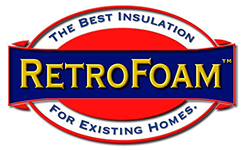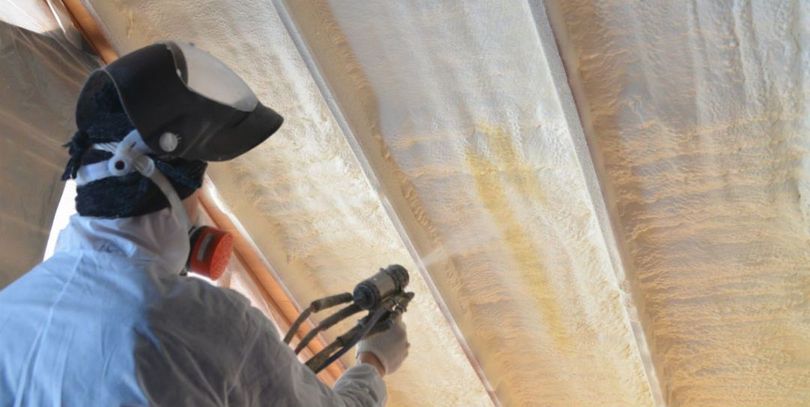Hey, How Much Will Foam Insulation Cost Me?
We won’t lie to you.
Insulating your home, workspace, outbuilding, or other structure with high quality spray foam or cellulose isn’t necessarily going to be cheap. There’s a reason why fiberglass still has the majority of the market—the up-front installation costs are much lower than foam. That’s just the truth.
That said, there’s also a reason why spray foam is quickly catching up, too. Although installation costs are higher, so is the value—as are the medium-to-long-term savings. Installation is affordable to most homeowners (especially with financing options), and the energy savings can add up quickly—the whole project paying for itself in as little as 3-5 years is not uncommon. Plus, you get a safer, cleaner, and more comfortable home to live in!
That said, up front costs are still important for those looking for affordable value. So what can you expect?
A Quick Rule of Thumb
Unfortunately, that’s a hard question to answer, since there are so many different factors that affect the total cost.
The good news is that we provide FREE estimates, so you can get a clearer picture of what the costs might total in your specific situation—and because we have multiple different products we use, we have the flexibility to offer you multiple options in different price ranges to fit your budget. (More on that in a bit.)
That all being said, a very rough rule of thumb is that the cost to insulate a home with spray foam is going to be roughly 3 times
the cost of fiberglass batting to install on average. That works out to something like $2,500 to $5,500 for an average sized home with typical insulation needs.
But again, not every situation is typical! Insulating a whole home top to bottom, obviously, is going to cost more than just filling an attic. So the specific project matters a great deal when figuring out the bottom line.
Major Factors That Influence Installation Costs
So let’s break this down a bit. Here are some of the major factors that influence the final total.
How Big Is Your Home?
Obviously, the square footage of your home has a big effect on the cost to insulate. As you might imagine, the bigger the home, the more insulation will likely be needed, and the greater the cost.
A lot of the homes we insulate fall into the “typical single-family home” size range of about 1,500 square feet to about 2,500 square feet. However, we’ve also insulated homes that were smaller, and many that are much, much
larger.
Of course, it’s not just the raw square footage that matters. For example, the layout matters as well. Relatively simple one or two story homes with a more or less square footprint will generally be cheaper to insulate than more complex layouts.
How Much of Your Home Do You Need to Insulate?
As we said, insulating a whole newly constructed home from top to bottom—attics, basements, exterior walls, the whole thing—is going to be significantly more expensive, perhaps reaching $10,000 or more if the highest end products are used. (Partly this is also due to the fact that newly constructed homes are on average much larger than the average existing home.)
That said, most of the existing homes we work on generally do not require “top to bottom” work, depending on what kind of insulation you already have and what your current needs are. We may just be there to insulate your attic, or a new porch or living space above the garage.
But new construction is also the best
time to go for the highest quality insulation right out of the gate. If you’re insulating an existing home, your options are much more limited, especially for wall cavities—the RetroFoam product is a great choice, but if you want a different product (for example, a high-end closed cell foam) you’d need to rip out the walls first.
What Type(s) of Foam Do You Need?
So we’ve already alluded to this, but to be clear: there’s actually a huge range of different types of foam products we use (plus cellulose), and the price difference between them is also fairly broad.
The cheapest open cell foam we use on a regular basis costs around 40-70 cents per “board foot” of spray (that’s 12 inches by 12 inches by 1 inch). On the other hand, closed cell foams—which will give you the best overall insulation performance—can range closer to $1 to $1.50 per board foot.
Now, the important thing to consider here is that, because we offer multiple different products, you don’t have to choose just one type of insulation for your entire home. We can mix and match products in different areas in order deliver optimum value at the lowest cost.
For example, if you’ve got an exterior wall with relatively narrow 2x4 studs, you’re more than likely going to want to spend a little more to get a closed cell product with more thermal resistance per inch. But if your studs are wider, or you don’t have to worry about closing the space (such as with an attic or barn workshop) you can usually save some money by using open cell instead.
Is It Really Worth It?
In our opinion, absolutely yes. And not just because we sell and install the stuff! We were our own first client, because the truth is this stuff works.
Again, you do pay more up front than you would for an inferior product like fiberglass. That’s a given.
But just like buying a more fuel-efficient vehicle, the savings begin to add up immediately—especially in a climate as volatile as West Michigan! It is not at all unusual for our clients to report a 30-50 percent reduction in their energy costs
after insulating their home with foam, which really doesn’t take all that long to make up the difference of a few thousand dollars over the alternative.
And in the meanwhile, you’ll enjoy:
- Thermal resistance efficiency that remains constant and doesn’t suddenly drop in extreme cold
- A much quieter home when the winds blow (or when the neighbor kids are screaming …)
- Enhanced protection against mold, mildew, water damage, allergens, air infiltration, burrowing pests, and more
Oh, and because foam is much less prone to compression, environmental damage, and pest infiltration than fiberglass, you won’t have to replace it every 20 years. It’ll continue to provide optimum performance for as long as you live in the home—no matter how many decades that might be.
Want to know more about how much your insulation project might cost? Connect with us online
or give us a call at (269) 751-2000
for your FREE estimate! We handle pretty much any type of project, from homes to barns to businesses to boat hulls to bridges, and we’d love the opportunity to help you.

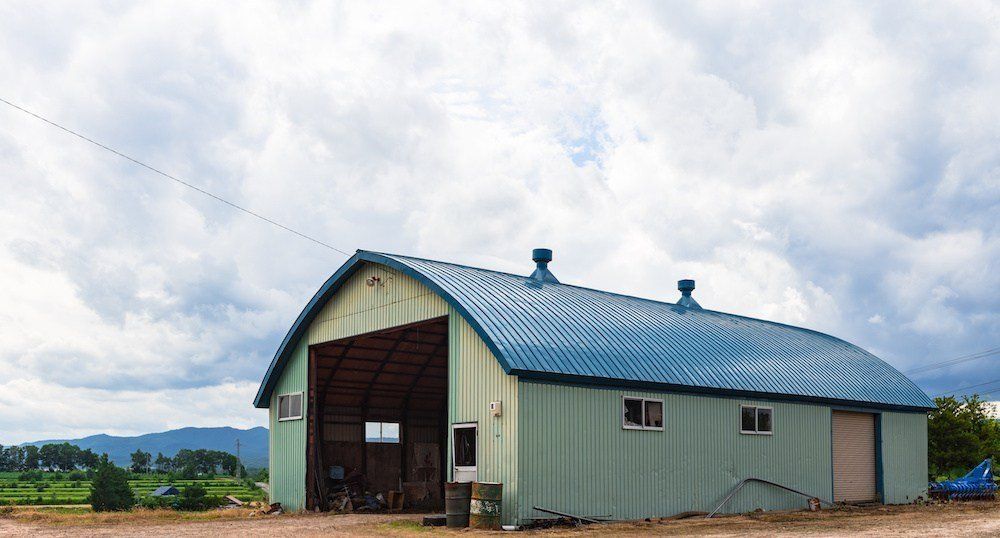
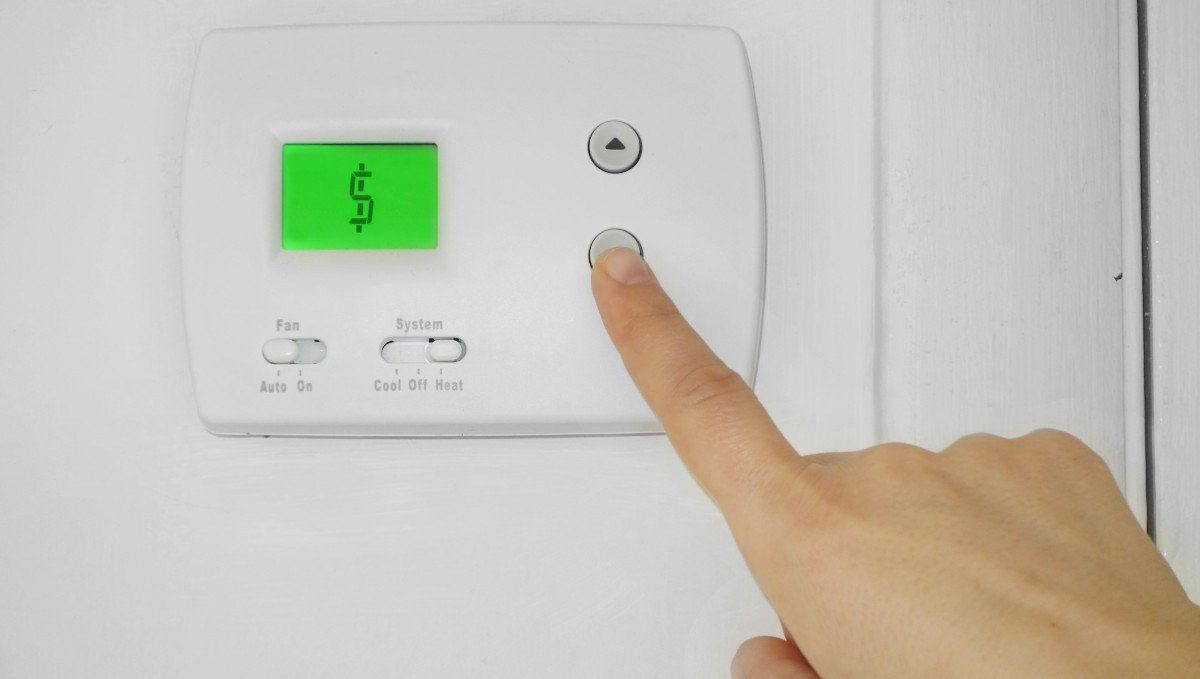


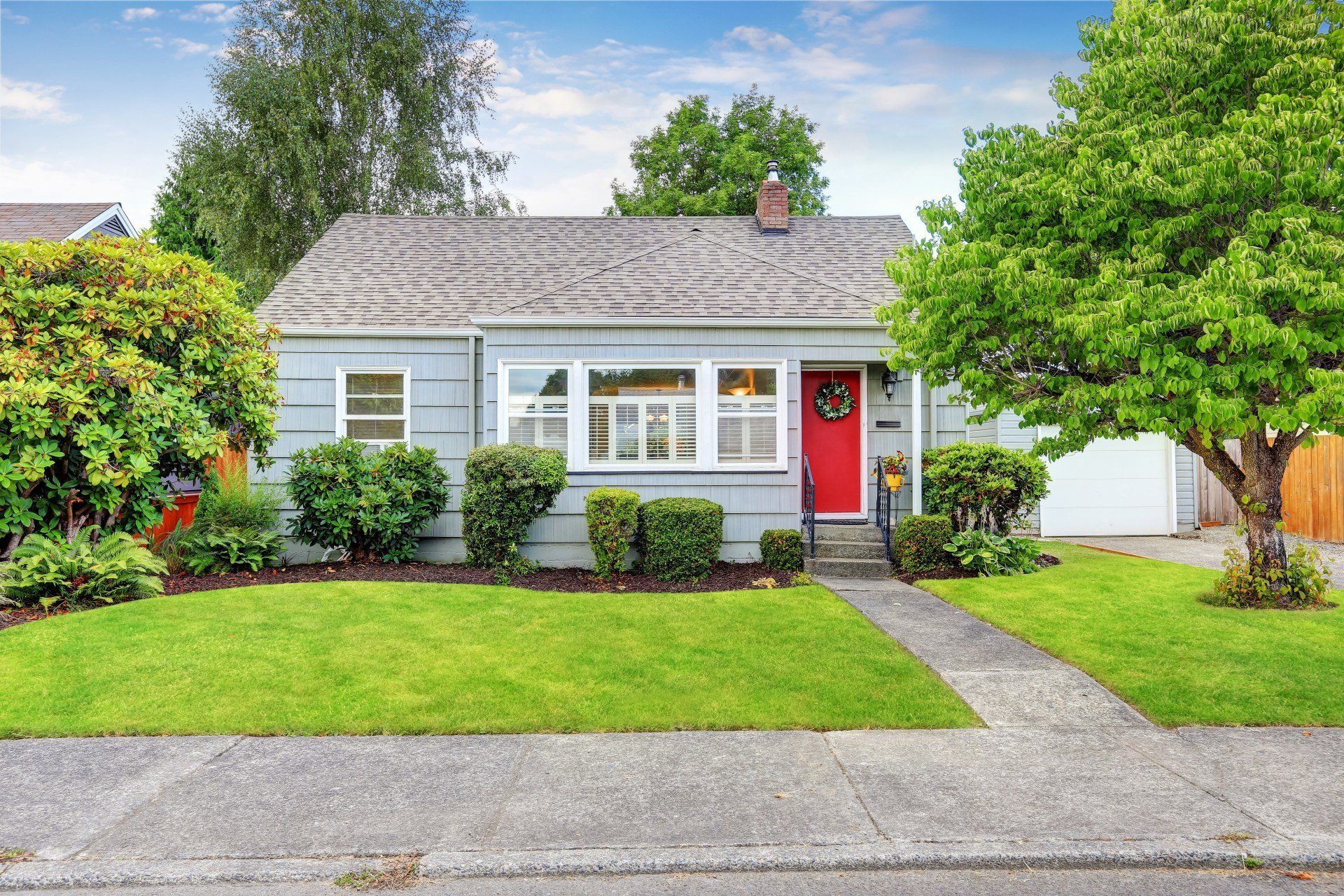

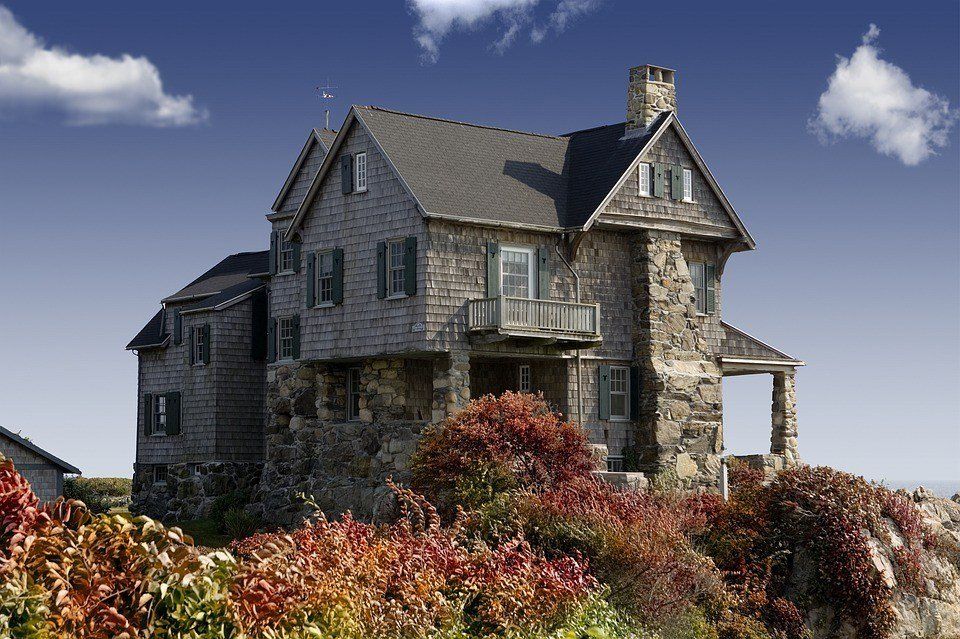
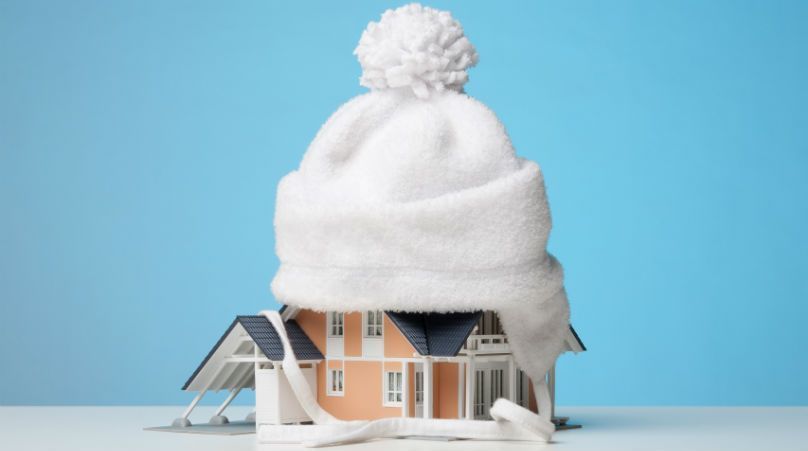

- Mon - Fri
- -
- Sat - Sun
- Closed
